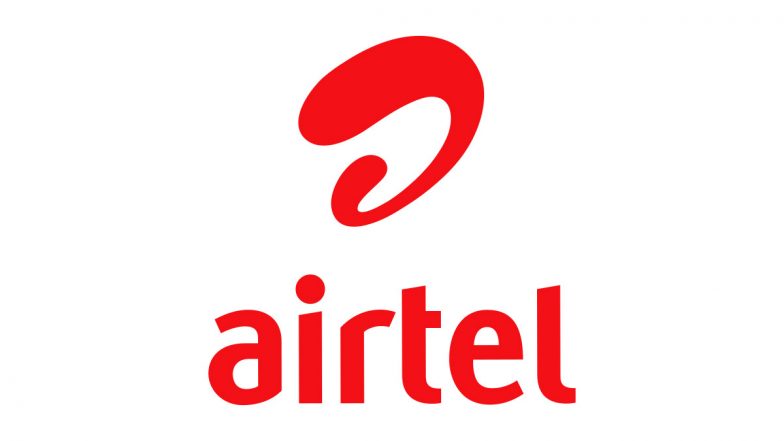advantages of using high density interconnects
The electronics industry continues to evolve. Advanced technology has allowed many devices to be made smaller, allowing more workings to be packed into a compact package, thus escalating the capabilities of each device. This constant need for miniaturization necessitates the use of high density interconnect to accommodate this demand. High-density printed circuit boards (PCBs) are tinier, have higher layer counts, and utilize smaller trace and via dimensions, making them more compact.
With a high density interconnect PCB, you can place more components on the same board, which will allow for faster signal transmission and enhanced functioning of your electronic device. The use of blinds and buried vias reduces the distance between layers and improves signal integrity by eliminating the need for via stubs. The small diameters of the microvias also reduce signal loss and increase accuracy.
Using HDI technology will also reduce the amount of copper needed in the design, which will lower your cost. The use of fine lines and spaces, as well as sequential lamination techniques help to keep the layers thin, reducing weight while still maintaining quality. Lastly, HDI PCBs are less prone to thermal degradation and environmental conditions that can cause other electronic devices to fail.

What are the advantages of using high density interconnects?
When designing a circuit board that will utilize high-density interconnect technology, it is important to understand the different fabrication and assembly processes involved. There are several steps in creating a PCB with this technology, including the design process, component placement, and etching and plating. The first step in the design process is to create a schematic for your circuit board, which will contain the layout of all the traces, pads, and components.
Next, you will need to determine the layer count that is appropriate for your design. Typically, HDI designs have higher layer counts than conventional TH designs. To find the appropriate layer count for your project, you can calculate the ratio of layer thickness to pins per square inch using a density predictor tool.
Once you have your design and know what the layer count is, you can begin the fabrication process. This process includes drilling holes for the signal traces and power/ground connections, and placing them in the correct positions on the layers. This process is known as routing. Once the traces are placed, they can be etched and laminated.
As an experienced manufacturer of high-density circuit boards, Mistral can assist you in the creation of your next prototype or production PCB with the use of the latest technologies. Our services include specialized PCBs that incorporate microvias, blind and buried vias, fine line widths, and spaces, as well as stacked and staggered layer transitions to free up routing space. We also offer microvia-in-pad design and other techniques to reduce size and weight while enhancing electrical performance. To learn more about our services, contact us today.


